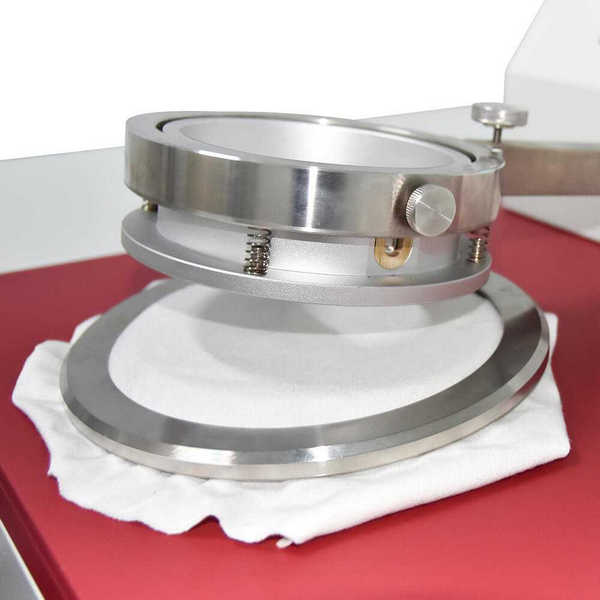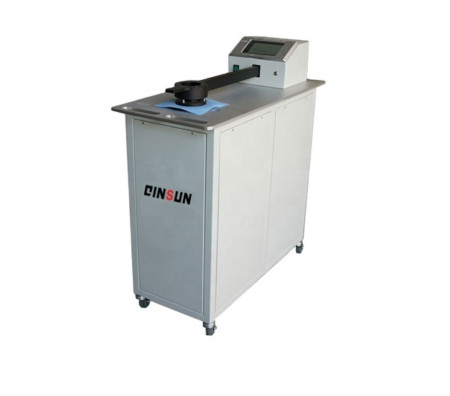10 Guidelines for Using an Air Permeability Tester

The Air Permeability Tester is an instrument for testing the permeability of materials. It measures parameters such as air transmission, air permeability and air tightness of materials. The main applications are in construction materials, textiles, filtration materials, medical supplies, automotive interiors, etc. By testing the air permeability, the quality, performance and range of application of the material can be assessed, as well as the impact on the environment and human health. Do you know how to use the Air Permeability Tester correctly?

The following are ten guidelines to follow when using the Air Permeability Tester:
1. Read and understand the tester's user manual and operating instructions carefully before carrying out any tests.
2. Ensure that the tester is calibrated and in correct working order before carrying out the test. If necessary, warm up or cool down the tester for best results.
3. Use a suitable test sample and adjust the tester settings to suit the sample type and size. If necessary, use a template to cut or prepare the test sample.
4. Select the test method according to the test requirements, e.g. mass method, volume method or flow rate method.
5. Record test data through the test instrument and analyse and process the data in accordance with relevant standards or specifications.
6. Ensure that the test environment meets the test requirements, e.g. temperature, humidity, pressure, etc.
7. Clean and maintain test equipment regularly to ensure it is always in optimum working condition.
8. record test results and report them in a timely manner, including any abnormalities and possible problems
9. avoid any factors that may affect the test results, such as wind, vibration, interference, etc., when conducting tests
10. Follow all relevant safety regulations and operating procedures to ensure a safe and reliable testing process.

The following factors need to be considered when selecting an Air Permeability Tester:
1. Test standards: Depending on the material and product to be tested, choose a test instrument that meets the relevant standards. For example, ASTM, ISO and other international standards.
2. Measurement range: Select a tester according to the range of air permeability to be measured. Some testers can only test a specific range of permeability, while others can cover a wider range.
3. Sample size: Choose a test instrument based on the size of the sample to be tested. Some testers are suitable for small samples, while others are suitable for large samples.
4. Test method: Select the appropriate test method according to the material and product to be tested. For example, flow, pressure or mass methods.
5. Accuracy and repeatability: Choose a test instrument with high accuracy and good repeatability to ensure the reliability and accuracy of the test results.
6. Operation and maintenance: Choose a test instrument that is easy to use and maintain to improve efficiency and reduce costs.
7. Air Permeability Tester price: choose the appropriate test instrument according to your budget.
In summary, the selection of equipment needs to be based on the actual needs and conditions, and the most suitable Air Permeability Tester manufacturer should be selected.
2023-03-20 11:14


